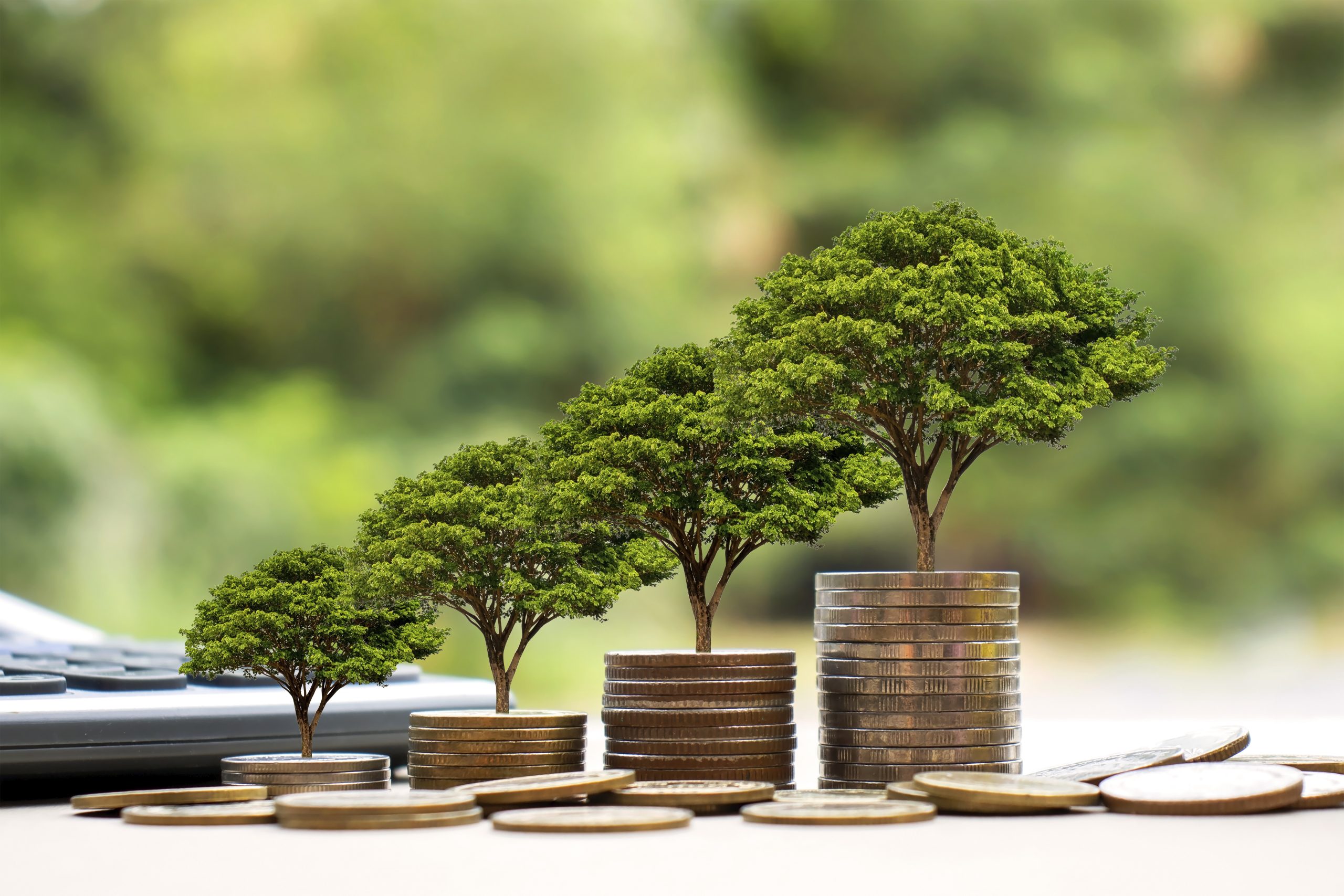In a time of continued geopolitical turmoil, with a looming worldwide recession, persistent inflation, a cost of living crisis, and a stated need for companies to work on reducing the physical impact they cause with climate change, it’s no wonder there’s a lot of concern surrounding businesses in every industry about whether they can maintain sales from their customers, balance costs and environmental impact, and still make a bottom line.
Although the number of people wanting to spend more and purchase sustainable products is still steadily growing (over a third [34%] of the global population are willing to pay more for sustainable products and services, and more than 60% are willing to pay more for sustainable packing), there is an estimated 65% of people who say they are prevented from purchasing sustainable products because of the cost of living crisis.
These leaves businesses in a tricky position – they need to make their products accessible and affordable (in order to keep trading), but still meet expectations and legal obligations to make a more sustainable impact. Looking at the statistics above – there’s quite a considerable opportunity to entice more customers to a brand if sustainable products at affordable prices can be developed, which gives even more impetus to find a solution that suits everyone.
This then begs the question, is it possible to be sustainable, whilst still focusing on the bottom line? The short answer is ‘yes’ and the longer answer (which we’re going to get into right now) is basically, ‘yes – but it takes time’.
Why Is Sustainability Considered So Expensive?
One of the main barriers for businesses who are looking to become more sustainable is the costs involved – from redeveloping practices (and in some cases manufacturing processes), to upgrading locations and resources, the cost involved can be significant.
However, there are ways to plan a staggered roll-out of sustainable changes, that can spread the costs and ensure the bottom line isn’t too affected.
Unless you have an extremely large company, with a wealth of liquid assets and immediately available resources, it is unlikely that you can immediately ‘go green’ – especially if you’re having to replace machinery, tools, or other resources.
Making Sustainability Work for Your Business
Developing a plan, that works together with the expected life cycles of existing resources allows you to replace assets in a more cost-effective manner, and to show commitment to a sustainable approach at the same time.
It may also prove to be beneficial to invest in sustainable energy – if, for example, you have a building that could be fitted with solar panels, that ends up generating more electricity than you’re using, there is generally options available to sell the remaining electric – this not only cuts down your spending (on the electricity bill), but also starts to recoup the costs of purchasing and installing the equipment in the first instance, so over time, the machines will pay for themselves and eventually become another revenue source for the business.
Sustainability isn’t just about fixed assets, there is also your workforce and business environment to consider – you might want to take a ‘top down’ approach by influencing change through policy, or you could take a ‘bottom up’ approach by influencing policy through behaviour.
SIGN UP TO OUR NEWSLETTER
We do not sell our lists, and you can easily unsubscribe if you so wish.
You might wonder, how does this effect the bottom line though? Well, for a start – if your company has a reputation for being sustainable, ethical, and a good place of employment – you’re going to attract better talent and retain it for longer. This has a knock-on effect in that motivation and productivity levels generally increase (the happier the worker, the harder they work), which could lead to increased profits and lower costs.
You can also lower costs by implementing sustainable measures in and around the office – for example, upgrading the toilet facilities to use less water will make them better for the environment, and reduce your water bill.
It may be that you start your sustainable practices with small changes (such as making sure the lights are off in unused rooms), and build on them as you grow, or you might make large changes and embrace a new approach into your culture – but if you’re careful, and you plan your activities to make the best use of existing resources, there is no reason why you can’t be sustainable and still be able to focus on the bottom line, and attract those customers who want to do more for the environment, but aren’t always able to – it’s a win-win-win for you, your customers, and your bottom line!


